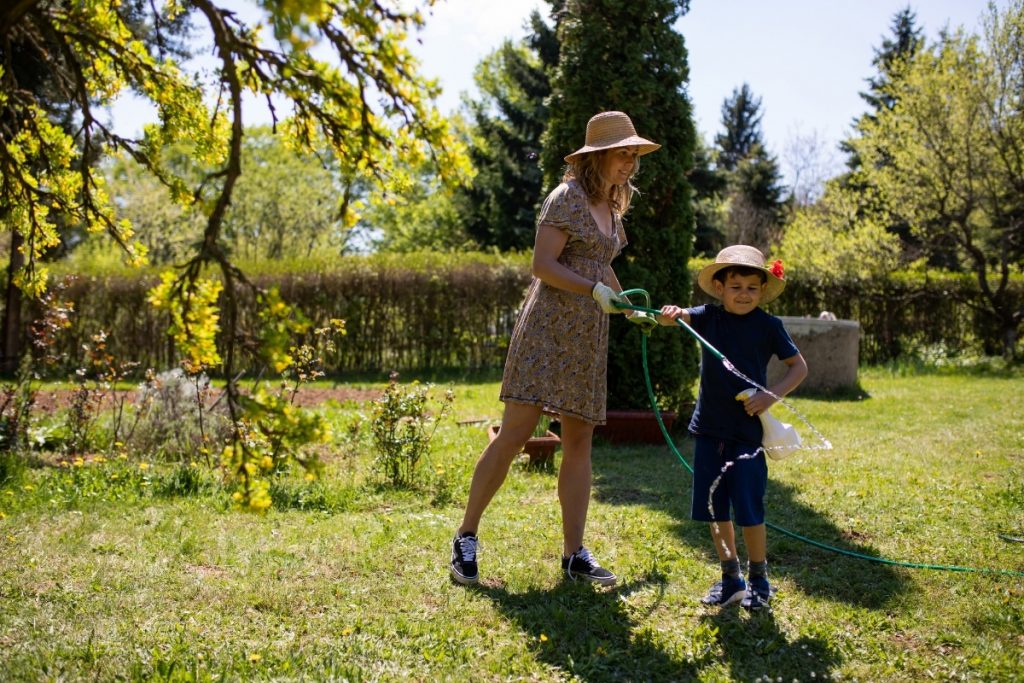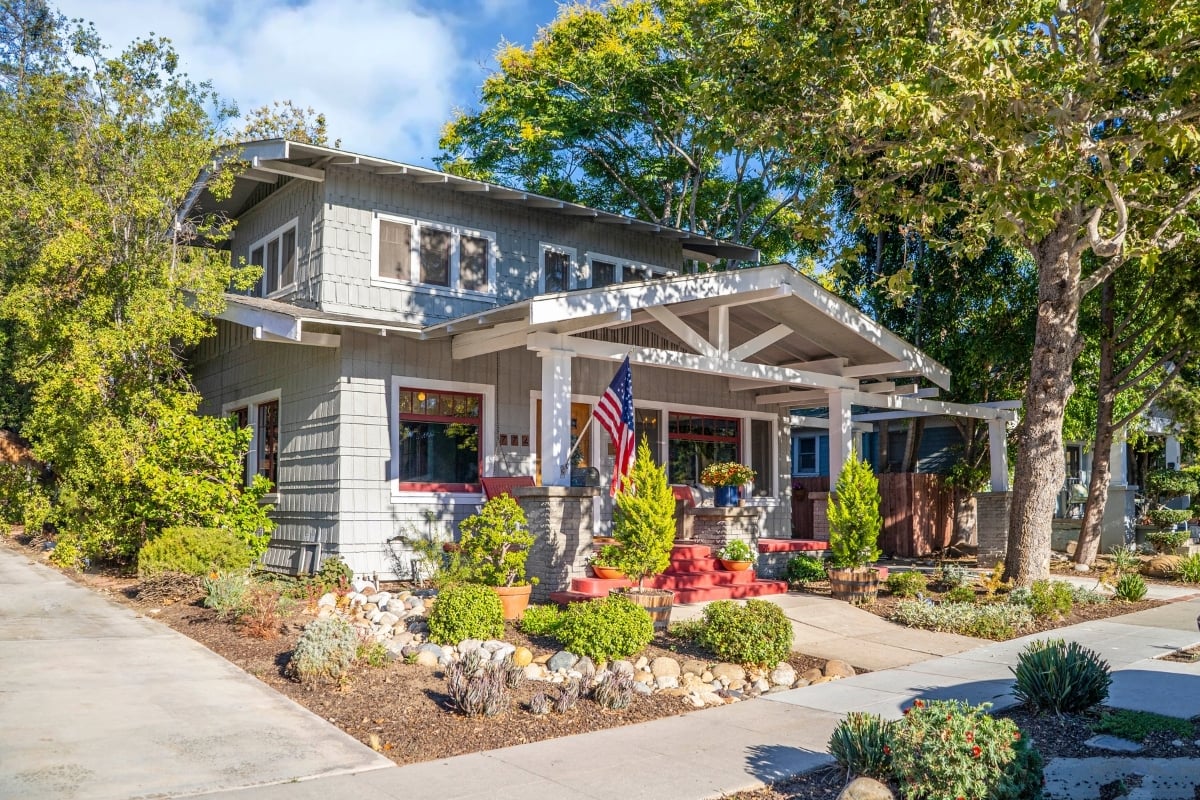Late summer is upon us, and for most of Southern California, that means more sun and heat while other parts of the country begin to feel autumn creeping up. On one hand, great! We love our long summers to spend time by the beach, enjoy our pools, and cool down in the evening on our porches. On the other hand, plants are taking a beating and during this record-breaking drought, cloudy days are rare. The herb garden you’re tending may be looking a little crispy, or the normally vibrant row of Iceberg roses may be wilting. Whether you’re selling your home and want to strike a good first impression, or you just want your garden to go back to its usual happy coastal self. The sun’s not going away. So, how do you protect your yard during these long and harsh California summers?
Drought Preventative Measures
Cover the ground around plants: Mulch, river stones, wood chips, you name it; these will all help your plants retain water around their roots, and increase the mileage on the watering that you’re doing. Protecting the exposed soil from direct sunlight means you won’t have to water it as often. The drought is expected to get worse, so this method will ease your water bill and help with conservation. This also has the additional benefit of making your yard look very well taken care of, so next time you’re at Ricardo’s or Armstrong’s Nurseries, don’t let the bark mulch slip past you.
Water plants very late (or very early), and only when you need to: Watering plants in the middle of the day may bring a brief reprieve to thirsty roots, but it also runs the risk of searing the plant itself as the water evaporates. By watering at cooler hours, you allow the water to get down to the roots. Much like how mulching around roots can help with evaporation, watering in the evening or early morning will help with making sure your plants get time to soak without the heat making a sauna for them. If the ground is wet still next time you go to water, go ahead and skip it. Save the water for when the plant really needs it.

Making Changes
Change where container plants are oriented to the sun: The afternoon sun’s heat is brutal in Southern California, even if your plants were described as “full-sun” when you bought them. Consider moving plants in potted gardens or on porches to areas where they get decent morning sun, but stay in the shade for the afternoon. Herb gardens can also benefit from a change of scenery. While a hearty Tuscan rosemary may relish the sunlight, the mint or basil plant next to it might appreciate a break from the direct heat.
Prioritize: If you have flowers or foliage that’s done blooming, let it go and replace it with something that’s ready for the heat. While the zinnias will be missed until next year and the morning glories cover a lot of ground, something as simple as a sweet potato cutting to replace it can fill the yard with green and withstand the summer sun.
With more sunny days ahead, these tips can help change a wilted and water-hungry garden into an inviting retreat from the heat.
If you’re looking to sell your home and would like some suggestions on what to prepare for, check out our Seller’s Guide below.



Leave a Reply